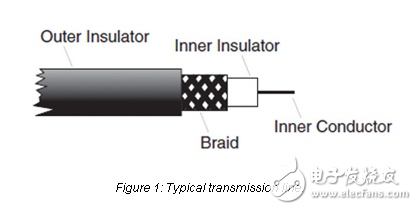
资料下载

天线:设计、应用和性能
天线:设计、应用和性能
本文适用于将RF并入第15部分兼容设计的设计者。它的设计目的是让读者对天线的功能、操作特性和评估技术有一个基本的了解。它还将简要介绍三种最常见的低功率天线类型:鞭、螺旋和环路跟踪的设计考虑。
什么是天线?
一个射频天线被定义为一个组件,它有利于将导波转移到接收空间和接收空间。在功能上,天线实质上是把交流电转换成电磁场或反之亦然的转换器。构成天线结构的物理元件称为元件。从衣架一调到八木,有字面的天线类型和变化,可以采用数百。
接收和发射天线的特性非常相似,在许多情况下都是彼此的虚拟镜像。然而,在许多第15部分应用中,为发射机和接收机天线选择不同的特性通常是有利的。为此,我们将分别讨论它们。

The transmitter antenna
The transmitter antenna allows RF energy to be efficiently radiated from the output stage into free space. In many modular and discrete transmitter designs, the transmitter’s output power is purposefully set higher than the legal limit. This allows a designer to utilize an inefficient antenna to achieve size, cost, or cosmetic objectives and still radiate the maximum allowed output power. Since gain is easily realized at the transmitter, its antenna can generally be less efficient than the antenna used on the receiver.
声明:本文内容及配图由入驻作者撰写或者入驻合作网站授权转载。文章观点仅代表作者本人,不代表电子发烧友网立场。文章及其配图仅供工程师学习之用,如有内容侵权或者其他违规问题,请联系本站处理。 举报投诉
- 相关下载
- 相关文章






